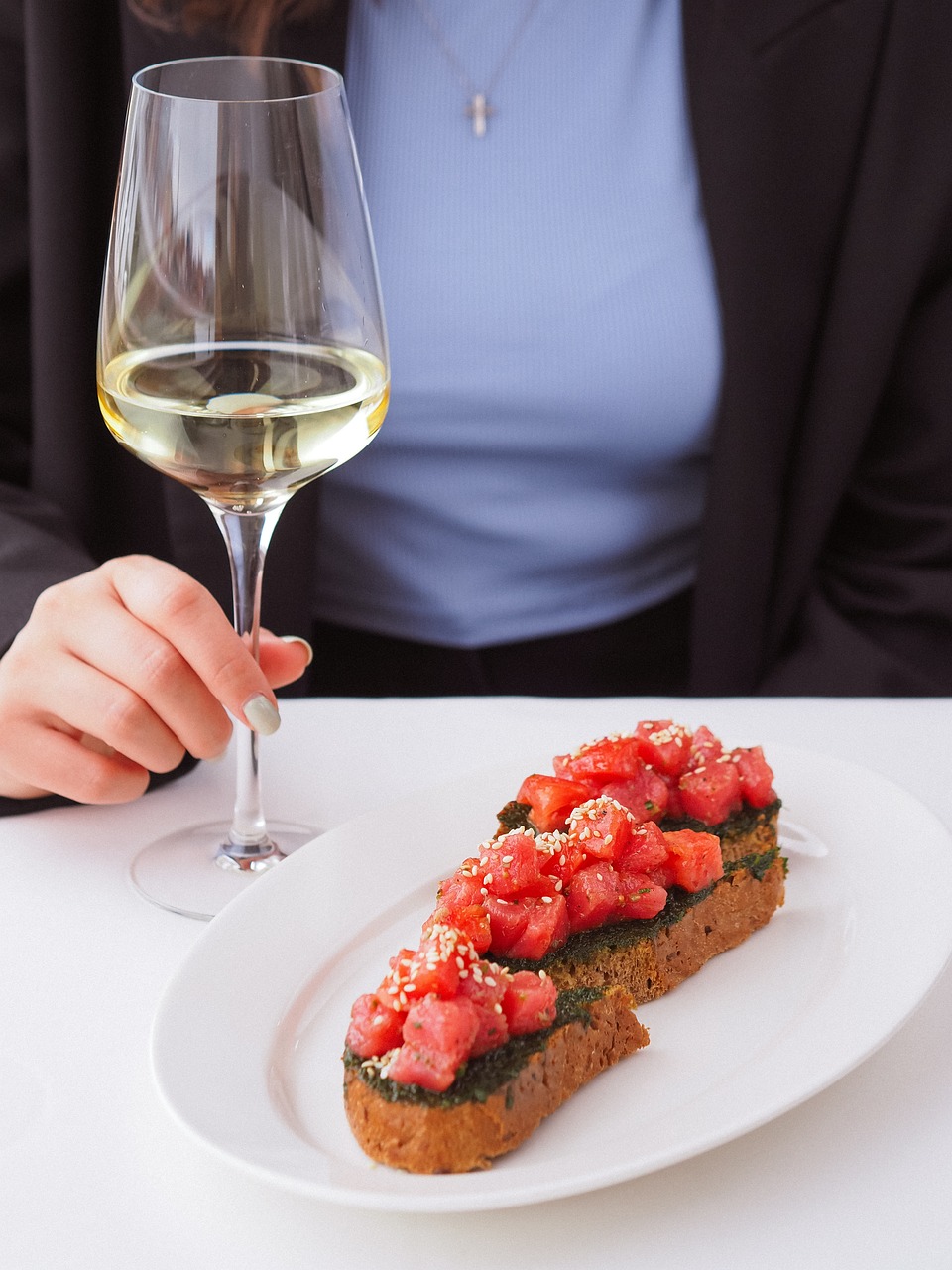Whether you’re studying for a wine exam or simply want to enjoy wine more mindfully, knowing how to taste and describe wine is an essential skill. Each style of wine—red, white, rosé, and sparkling—offers a unique sensory experience. By learning to observe, smell, and taste wine systematically, you can build confidence and develop a deeper appreciation for what’s in your glass.
In this guide, we’ll explore the key steps to tasting and describing different types of wine using the WSET Systematic Approach to Tasting (SAT).
🍷 Step 1: Look – Assess the Appearance
Begin by observing your wine in a clean, well-lit environment. Tilt your glass against a white background to assess the following:
Clarity: Is the wine clear or hazy? A hazy wine could indicate a fault or unfiltered style.
Intensity: Is the color pale, medium, or deep?
Color:
Red wines: Purple, ruby, garnet, or tawny
White wines: Lemon, gold, or amber
Rosé wines: Pink, salmon, or orange
Sparkling wines: Observe the color and the bubble stream (fine, persistent bubbles are a quality sign)
👃 Step 2: Smell – Evaluate the Nose
Swirl the glass to release aromas, then take a deep sniff. You’re evaluating the intensity and character of the wine’s aromas.
Primary aromas: Come from the grape (fruits, herbs, floral notes)
Secondary aromas: Come from winemaking (oak, yeast, butter, toast)
Tertiary aromas: Come from aging (dried fruits, earth, leather, nuts)
Tips by style:
Red wines often smell of black or red fruits, spice, earth, or oak.
White wines show citrus, stone fruit, floral, and mineral notes.
Rosé wines may feature strawberry, cherry, rose, or melon.
Sparkling wines typically have aromas of green apple, citrus, toast, brioche, or almond.
👄 Step 3: Taste – Analyze the Palate
Take a sip and let the wine coat your palate. Consider these elements:
1. Sweetness
Most wines are dry, but some may be off-dry, medium-sweet, or sweet (especially in sparkling or dessert wines).
2. Acidity
Acidity gives wine its freshness. White, rosé, and sparkling wines often have higher acidity than reds.
3. Tannin (in red wines)
Tannins create a drying sensation and contribute to structure and aging potential.
4. Alcohol
Generally:
Low: Below 11%
Medium: 11–13.9%
High: 14% and above
5. Body
Light, medium, or full—this refers to the overall weight or mouthfeel of the wine.
6. Flavor Intensity & Characteristics
Match what you smelled with what you taste: fruits, flowers, spice, herbs, oak, etc.
7. Finish
How long the flavors last after swallowing: short, medium, or long. A long finish is a sign of quality.
🔍 Describing Wines by Style

🍷 Red Wine
Example: A Barossa Shiraz
Deep ruby in color, with pronounced aromas of blackberry, plum, pepper, and vanilla.
Full-bodied, high tannin and alcohol, with a long spicy finish.
🥂 White Wine
Example: Chablis
Pale lemon, with medium aromas of green apple, lemon zest, and wet stone.
Dry, high acidity, light body, with a crisp, mineral finish.
🌸 Rosé Wine
Example: Provence Rosé
Pale salmon, with delicate aromas of strawberry, pink grapefruit, and rose petals.
Dry, medium acidity, light body, refreshing and elegant.
✨ Sparkling Wine
Example: Champagne
Pale gold, with persistent bubbles.
Aromas of green apple, lemon, toast, and brioche.
High acidity, dry, with a creamy mousse and long finish.
🧠 Tips for Improving Your Tasting Skills
Practice regularly using a tasting journal.
Taste wines side by side to compare styles and varieties.
Use consistent wine vocabulary (as taught in WSET and other wine courses).
Don’t rely only on memory—write down your notes.
Attend tastings, workshops, or join a wine club to build your palate.
Learning how to taste and describe wine takes time and practice, but it’s one of the most rewarding parts of your wine journey. Whether you’re analyzing a bold red or a zesty sparkling wine, the ability to recognize structure, aroma, and balance deepens your enjoyment and boosts your confidence.
So grab a glass, slow down, and savor every detail—there’s a whole world in every sip.






